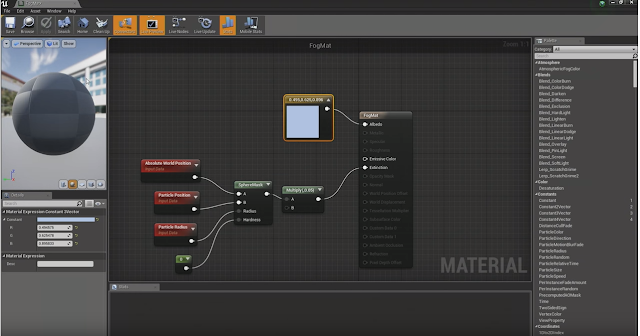How to use Unreal Insights with Oculus Quest (A work in progress)
How to use Unreal Insights with Oculus Quest
Unreal Insights is a great new profiling and analysis tool that allows you to quickly find bottlenecks, performance spikes, threading patterns and much more. Any Unreal Engine developer building a game or app for Oculus Quest should have Unreal Insights in their toolbelt. The set-up process takes a short amount of time and after you do it once, it's set up forever and you’ll wonder how you ever lived without it. Let’s get started.
Requirements:
- Unreal Engine version 4.24+
- Tracing enabled in built development app (on by default)
- Unreal Insights Executable built or downloaded (<CloneDir>\UnrealEngine\Engine\Binaries\Win64\UnrealInsights.exe and Solution ‘UE4’ > Programs > UnrealInsights in solution explorer)
1. Setup your UE4 project for Oculus as described here: https://developer.oculus.com/documentation/quest/latest/concepts/unreal-quick-start-guide-quest/
Then run Unreal Insights tool which is located in C:\\Program Files\\Epic Games\\UE_4.24\\Engine\\Binaries\\Win64
2. Insights will collect data via network, so you will need to send that over USB, from Oculus Quest to PC. Open a terminal and type: adb.exe reverse tcp:1980 tcp:1980
3. Then you need to tell your game to send profiler data, this is done by modifying the UE4CommandLine.txt file located in the Game folder for the Quest (example: This PC\\Quest\\Internal shared storage\\UE4Game\\YourGameName) and adding a few parameters:
cpuprofilertrace -statnamedevents -tracehost=127.0.0.1
4. Now, when you run your game on the Quest it will send the profiling data to the Insight host running on the PC and you will be able to study it live or after the game is closed.
Unreal Fest Online 2020 / Collect, Analyze, and Visualize Your Data with Unreal Insights:



